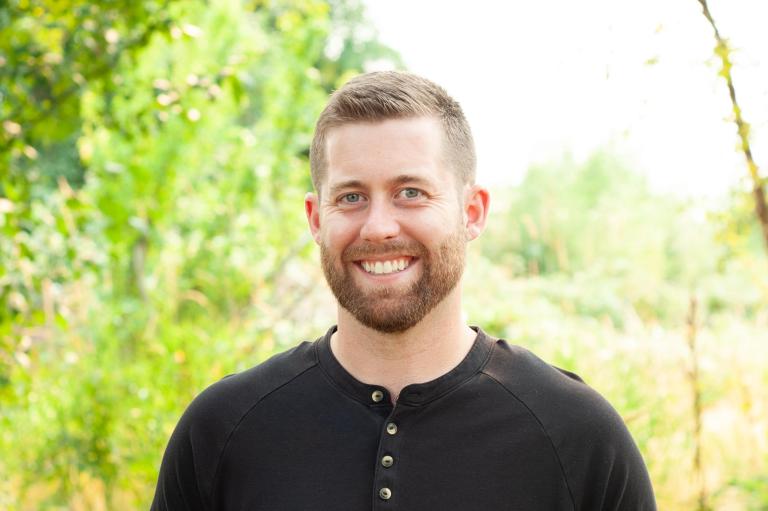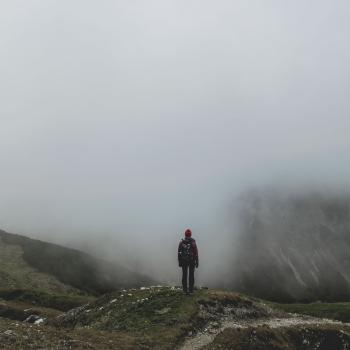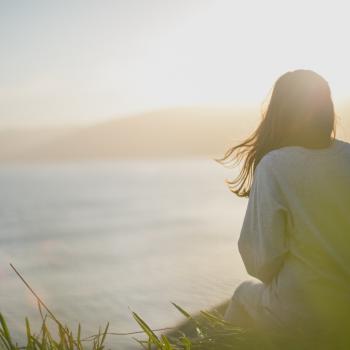(UPDATE NOVEMBER 1, 2022: My book, Unmasking the Inner Critic: Lessons for Living an Unconstricted Life has now been released! You can check it out here.)
When people first encounter the phrases “embodied spirituality” or “contemplative practices,” there are usually questions. These are terms foreign to many of us who grew up in the Global North, approaches to spirituality not often emphasized in our local churches and parishes. And yet, here I am rooting most of my life in these teachings and experiences.
So, what are contemplative practices?

At their core, I believe contemplative practices are rooted in the experience of the world being infused with the Divine. And if that’s the case, if our Universe has inherent dignity built into all of it, this is a truly amazing place! Even more-so if we can lean into this truth…but most of us struggle mightily with that. We have jobs and kids and duties to get to, to-do lists filled with shopping lists filled with multi-store excursion lists.
For most of us, our lives are already filled to the brim with the doings of life. Without even realizing it, we might find ourselves skimming over the depths of our own lives, moving from one thing to the next.
Contemplative practices are tangible tools with which to shift our default operating system from one of incessant doing to one of intentional being. By engaging practices of silence, solitude, stillness, and solidarity, we can come into more and more contact with the divinity within the present moment.
For specific practices, please see my Quick Guide to Engaging a Contemplative and Embodied Spirituality.
Silence
Have you ever had a moment of total contentment? When the chaos of the world seems to slow or even disappear, if just for a moment? Some of us might feel this in nature or in a moment when a loved one; this sacred pause can be a life-altering experience.
One of the contemplative practices core to most religions across the world is that of holding silence. It is a foundational component of both Buddhist and secular mindfulness, contemplative Christian prayer, and movement-based meditations such as walking the labyrinth. How do you make time for silence in your life?
Solitude
I always loved Southwest Airlines’ motto: “wanna get away?” In a world busy with to-do lists and the constant climbing of corporate ladders, solitude seems to come natural for us…at least the felt need for it.
For centuries, people have used solitude to create space for themselves, to step away and gain perspective, and to reconnect with the Divine force in their life. Moses went to the mountaintop, Jesus to the wilderness, and generations of nuns, monks, and hermits from across religious traditions moved from the cities into the rural spaces beyond the day-to-day of city life. But make no mistake: solitude isn’t for the antisocial; it’s a deep spiritual practice of reconnection. How are you leaning into moments, no matter how long they are, of solitude?
Stillness
Often coupled with holding silence, stillness is a bodily pause, a moment of rest, rejuvenation, and relaxation. Stillness invites us to honor our bodies and give them a moment to breathe free.
Some of us practice this in formal sitting meditation or when we pause to watch the ducks swim at the local park. Others might purchase a massage for themselves once a month or engage in body practices meant to relax our muscles and minds. How are you pausing the doing-ness of the day-to-day to give your body rest?
Solidarity
Ultimately, an embodied and contemplative spirituality isn’t about adding more to our lives. It’s about shifting our inner sense of self and our outer worldview from scarcity to abundance, from consumption to creation, from production to celebration, and from seeking control to seeking justice.
When we say justice, we don’t mean charity. We’re talking solidarity – the act of being with those who are experiencing the harm of oppressive systems. If everyone is infused with Divine DNA, it becomes a contemplative practice to honor that person, support them relationally in the midst of their suffering, and actively work with them to ensure the causes of that suffering are ended. How are you seeking justice in your spheres of influence? (More on spheres of influence here.)
What is an embodied spirituality?
What are contemplative practices?
How can I integrate contemplation and action in my life?
How do I find spiritual teachers near me?
I’ve recently written a 14-page Quick Guide where I attempt to succinctly answer these questions, offering examples, body practices, and book recommendations for you to dig deeper. Get it free here.













